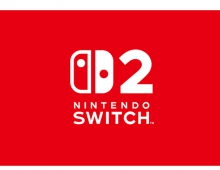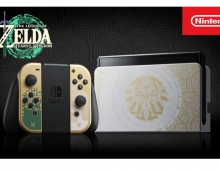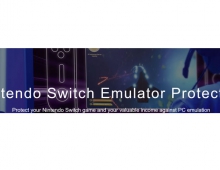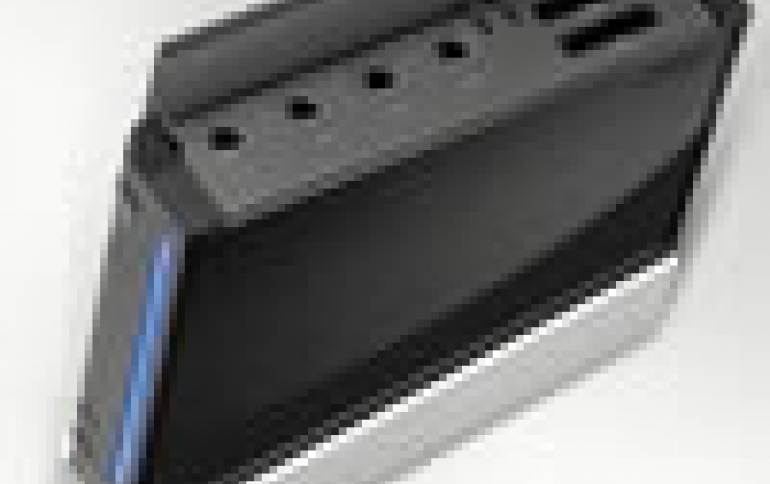
Nintendo Console: Is It a Revolution?
Nintendo has offered fans a first look at its new home console, the Revolution, and also announced a new model of its GameBoy handheld. It seems that the company does not intend to compete directly with Sony and Microsoft's technologically advanced next-gen consoles.
At a news briefing in Los Angeles, Nintendo president Satoru Iwata held aloft a prototype of the console that is due out next year. Few technical details were given about the compact rectangular machine.
GameBoy Micro
Nintendo surprised many by unveiling a new version of its best-selling GameBoy, called the GameBoy Micro, due to go on sale in the autumn.

The tiny game player is just slightly bigger than an iPod Mini, but two-thirds the weight.
The Micro, whose screen has adjustable brightness levels, will play all the same games as the current Game Boy Advance SP and will be compatible with an add-on digital music player. The Micro comes with a built in rechargeable lithium-ion battery and headphones. Nintendo did not set a price for the Micro.
"No matter how tight your jeans are, the GameBoy Micro will fit in them," said Reggie Fils-Aime, Nintendo of America's executive vice president of sales and marketing.
Revolution
The new console, code-named "Revolution," will launch in 2006 with access to more than 20 years of games from past Nintendo consoles. It will support a new disc format as well as discs from Nintendo's current console, the GameCube.

According to Nintendo, Revolution's key features include:
- Impressive look: The new console boasts high-quality materials and a smart, compact design, approximately the size of three standard DVD cases stacked together. A variety of prototype colors are being showcased during E3. It will come with a silver stand that makes the system a welcome, artistic component of any multimedia setup, whether it's displayed vertically or horizontally.
- Backward compatibility: The new console plays all games from the current Nintendo GameCubeTM generation.
- The secret weapon: The console also will have downloadable access to 20 years of fan-favorite titles originally released for Nintendo® 64, the Super Nintendo Entertainment System (SNES) and even the Nintendo Entertainment System (NES).
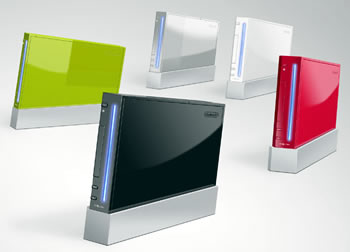
- Easy expansion: A bay for an SD memory card will let players expand the internal flash memory.
- Two disc formats, one slot: Instead of a tray, a single, innovative, self-loading media bay will play both 12-centimeter optical discs used for the new system as well as Nintendo GameCube discs. Owners will have the option of equipping a small, self-contained attachment to play movies and other DVD content.
- The specs: The system boasts 512 megabytes of internal flash memory, wireless controllers, two USB 2.0 ports and built-in Wi-Fi access. A worldwide network of Nintendo players can gather to compete in a comfortable, inviting environment. Revolution's technological heart, a processing chip developed with IBM and code-named Broadway, and a graphics chip set from ATI code-named Hollywood, will deliver game experiences not previously possible.

But Mr Iwata was coy about providing detailed information about the technology powering the console.
Instead he said Nintendo was working with computer giant IBM and graphics firm ATI to ensure graphics that would make gamers "say wow".
He also tantalised fans by suggesting that the wireless controllers would be unique, without going into details.
"It is the game experience that will most separate the Revolution from its competitors," said Mr Iwata.
- The stars: Introduction of a number of new franchise properties will add to the world's richest stable of stars, including Mario, Zelda, Super Smash Bros., Donkey Kong and Metroid.
- Wireless freedom: A number of Wi-Fi-enabled launch titles are in development that will employ Nintendo's newly announced wireless gaming service, Nintendo Wi-Fi Connection. A worldwide network of Nintendo players can gather to compete in a comfortable, inviting environment.
- Freedom of design: A dynamic development architecture equally accommodates both big-budget, high-profile game masterpieces as well as indie games conceived by individual developers equipped with only a big idea.
The presentation of the console couldn't have been more different to the stat- and technology-heavy approach of Microsoft and Sony, with Nintendo going out of its way to describe itself as a content company rather than a technology company and focusing heavily on their efforts to appeal to audiences outside of the core gamer demographic.
"Our goal is to develop a device which is functional and appealing to every member of the household, whether they consider themselves gamers or not," Iwata explained in his presentation.
"Nintendo Revolution shares a common vision with what we outlined for Nintendo DS last year," he continued. "The machine is just a tool; the experience comes from the software."
"We expect the Revolution will create entirely new genres to expand the definition of video games," he said to loud cheers in the hall.
The Japanese firm seems to be bowing out of the "arms race" which Microsoft and Sony have entered into over next-gen consoles. However, the Revolution still remains the most enigmatic of the forthcoming systems - with the full specification, "unique" controller design and perhaps much of the system's non-games functionality still firmly under wraps.
The Revolution is crucial to Nintendo. The company leads the way in portable gaming devices, but lags behind when it comes to home consoles.
According to analyst firm Jupiter Research, Sony's PlayStation 2 leads the way in the US with 43% of the games console market.
Microsoft's Xbox is in second place with 19%, and Nintendo's GameCube has 14% of the market.



